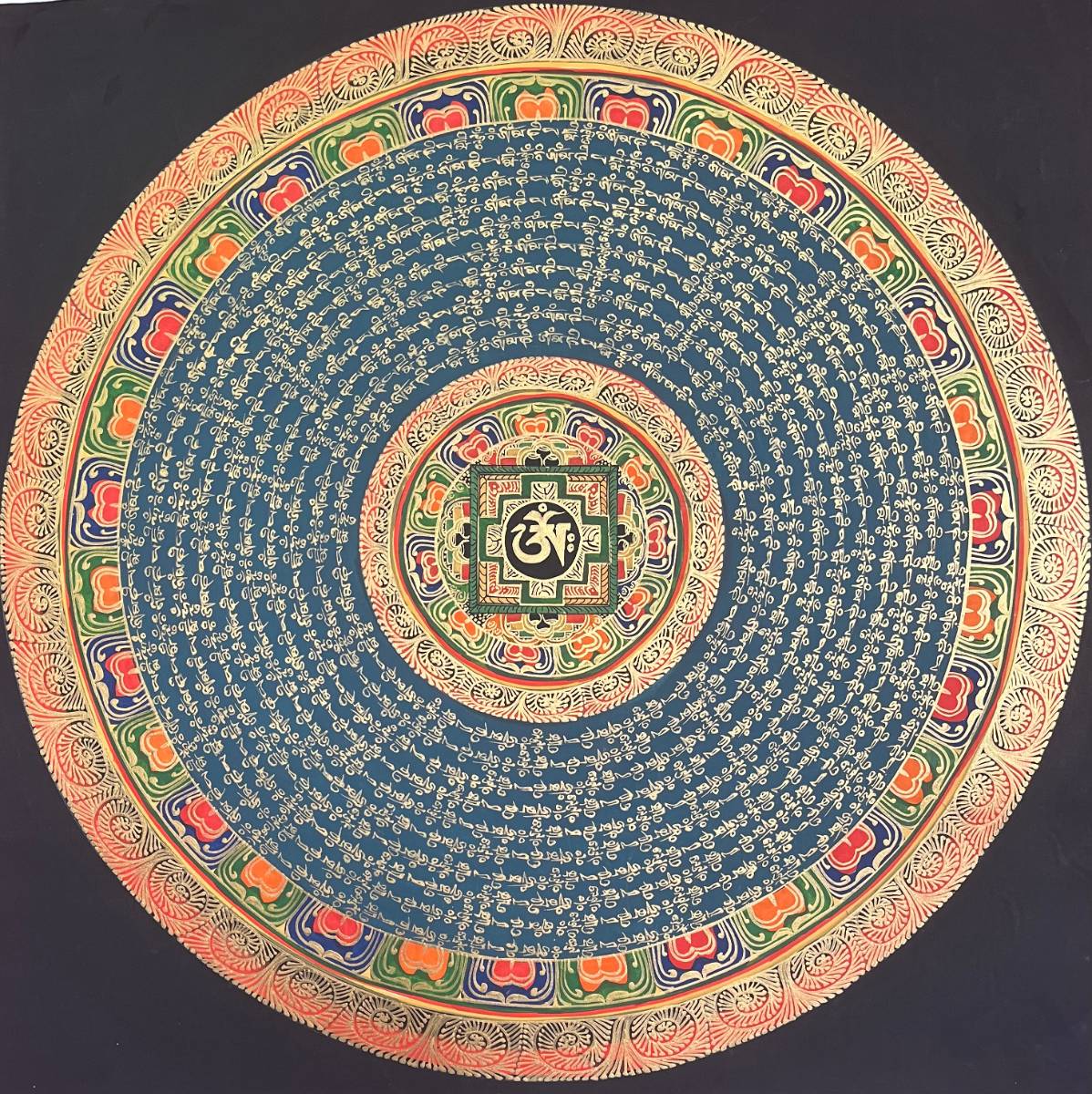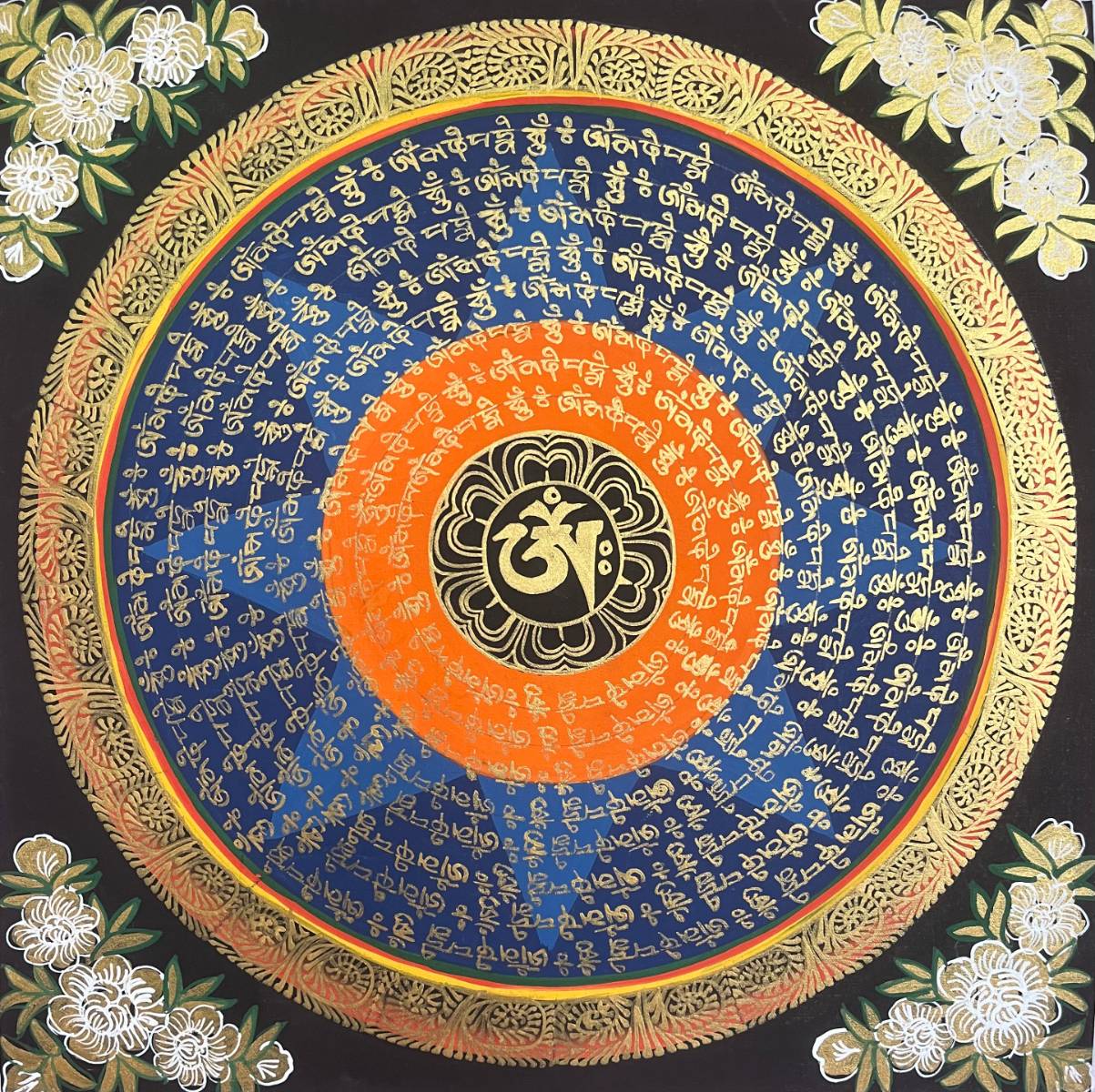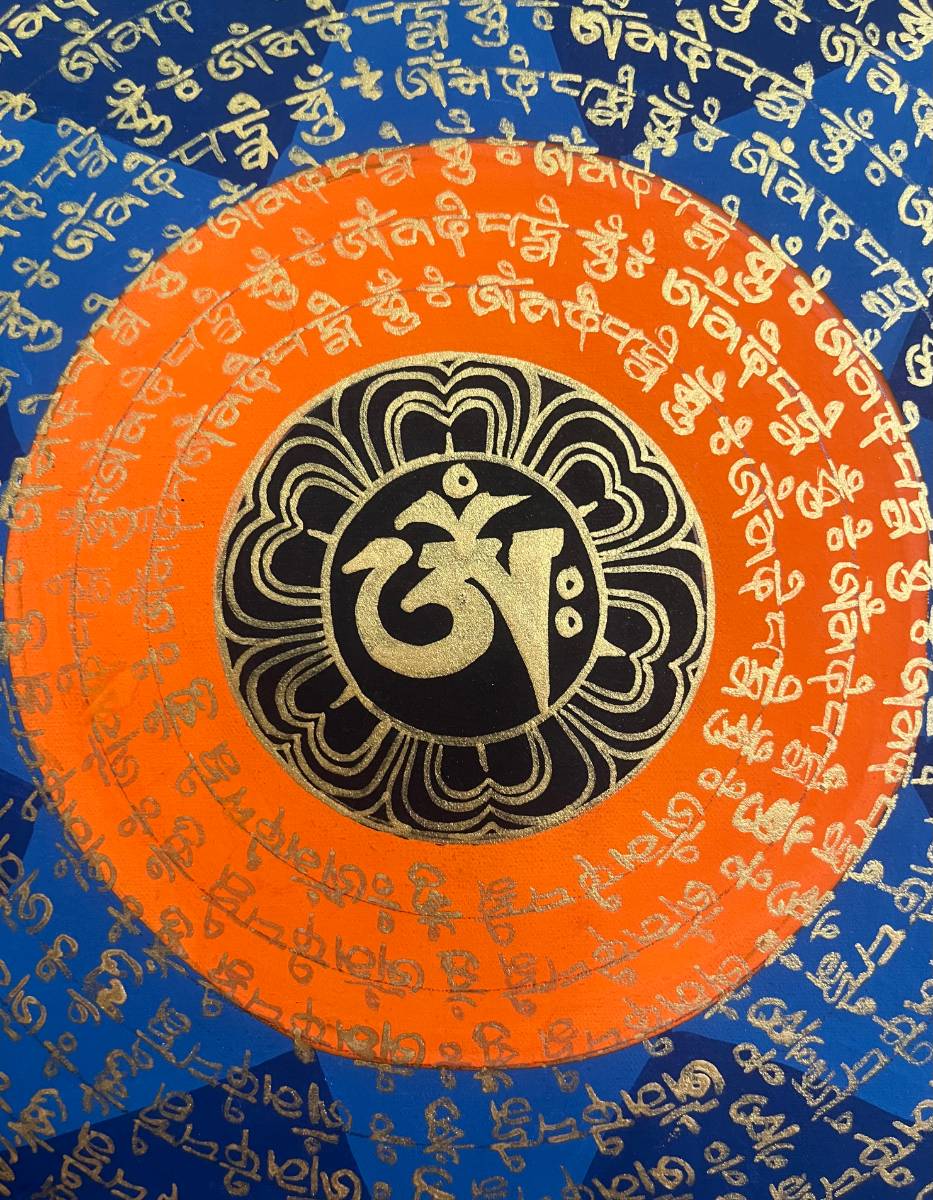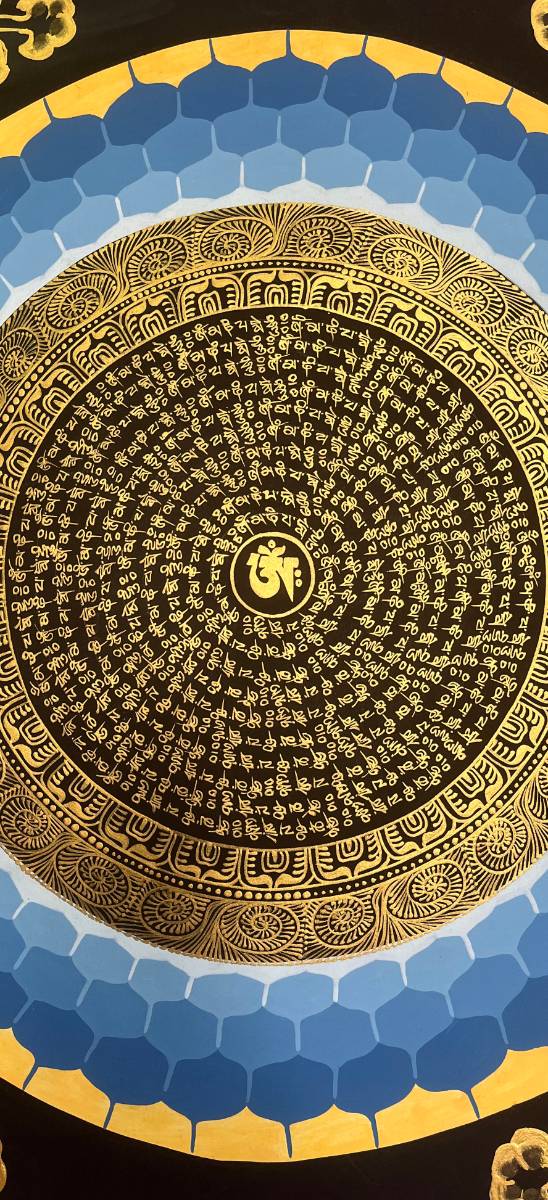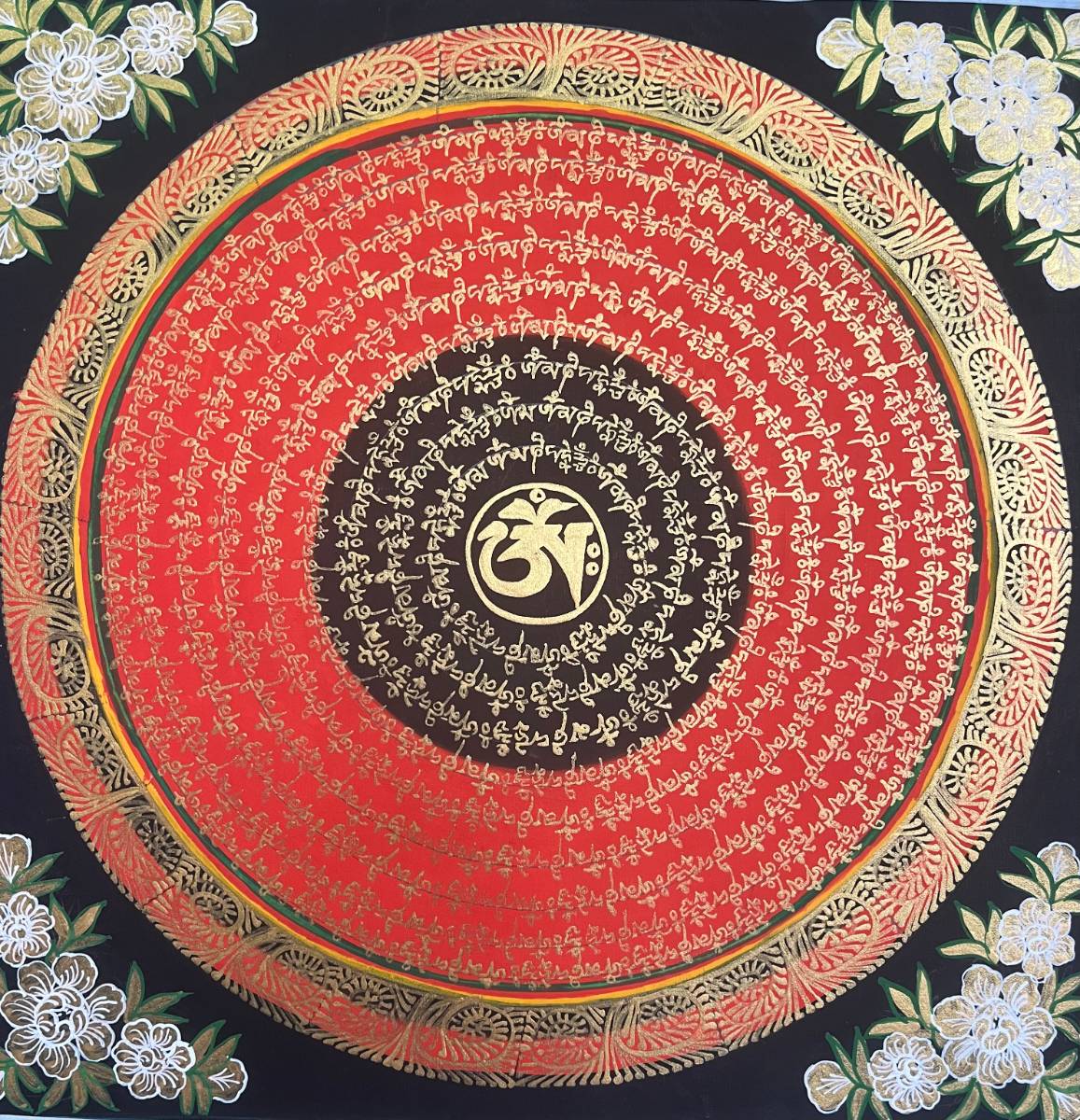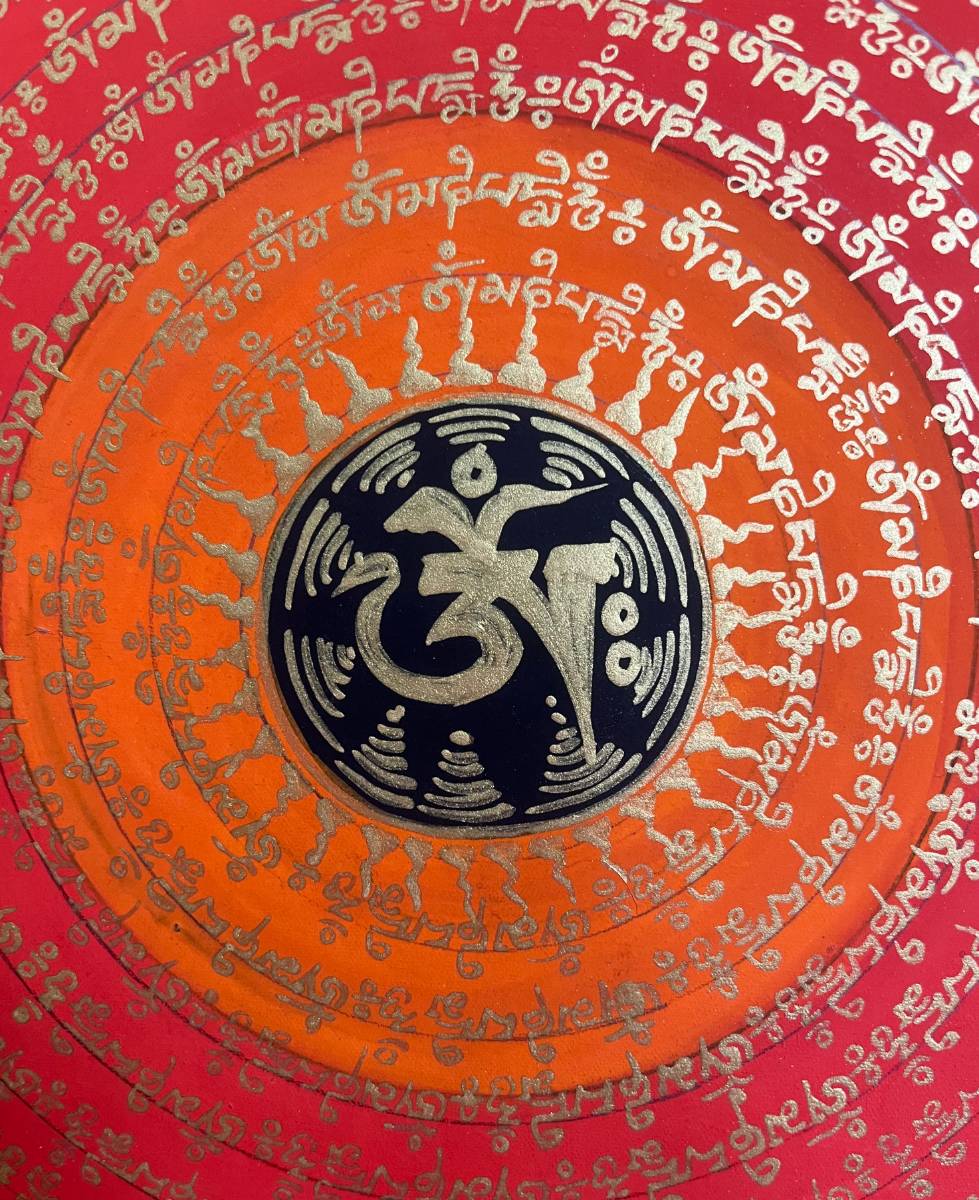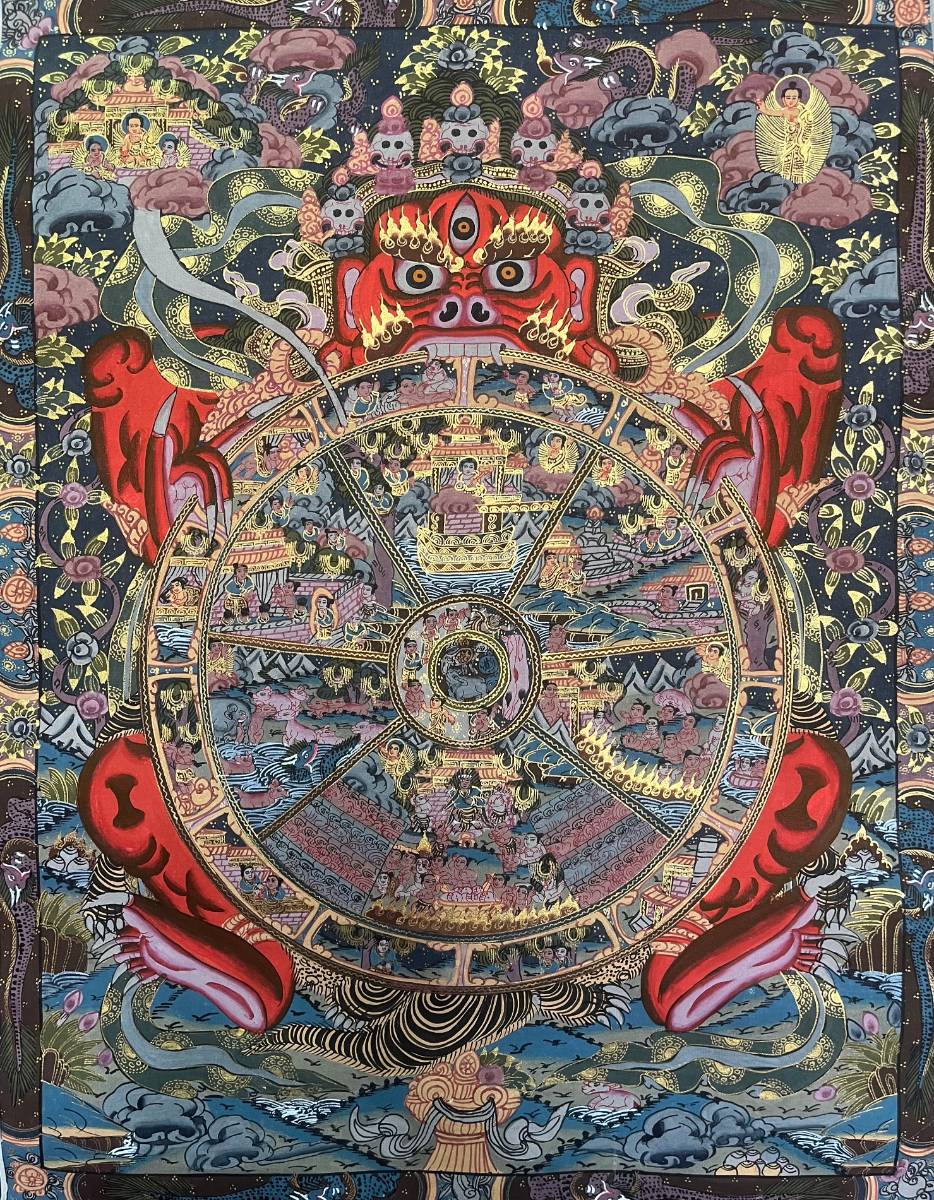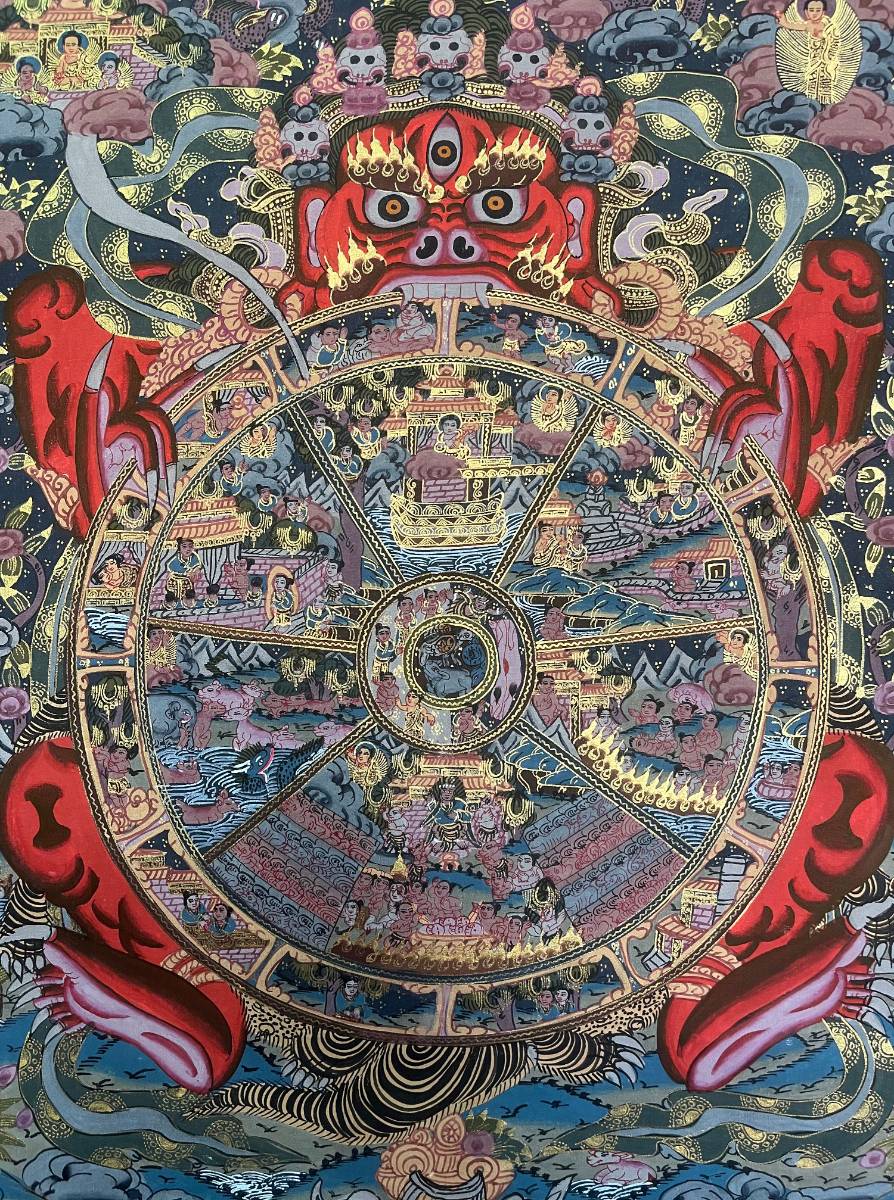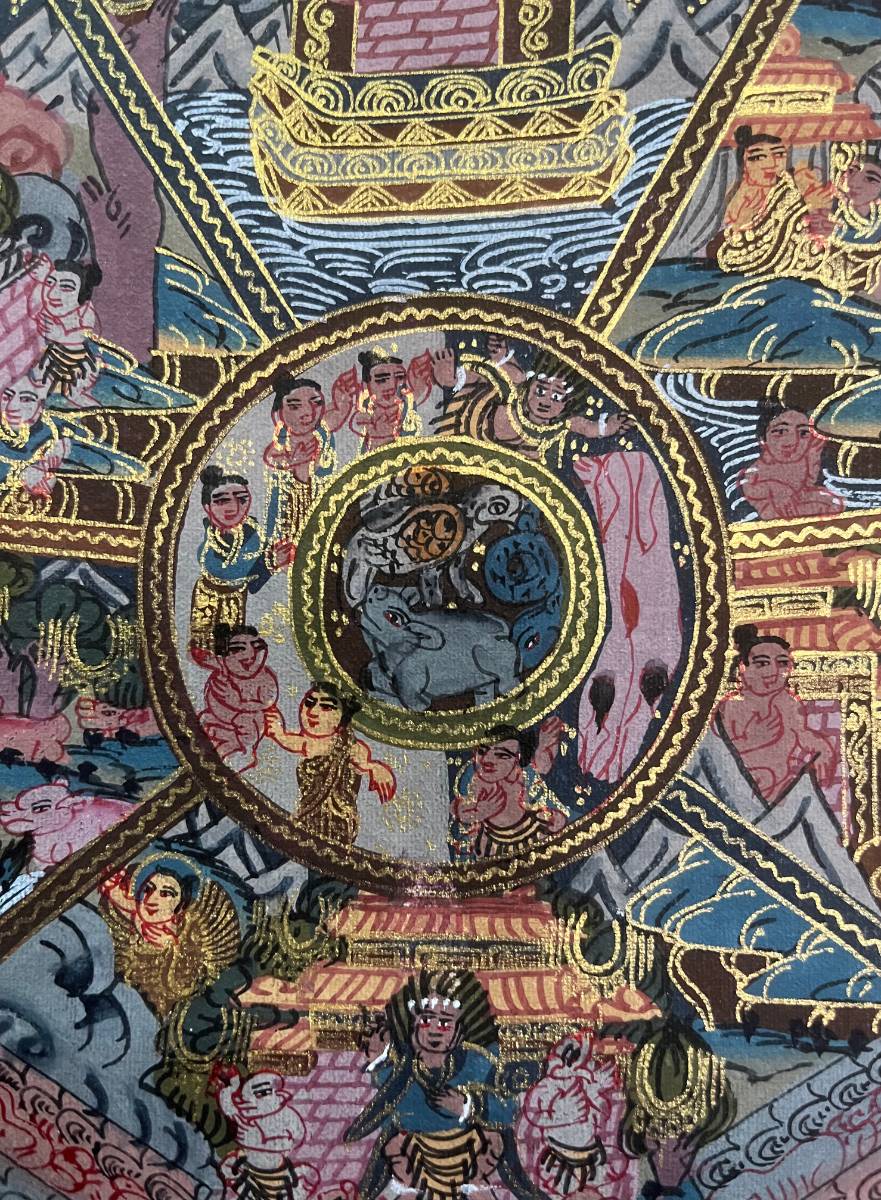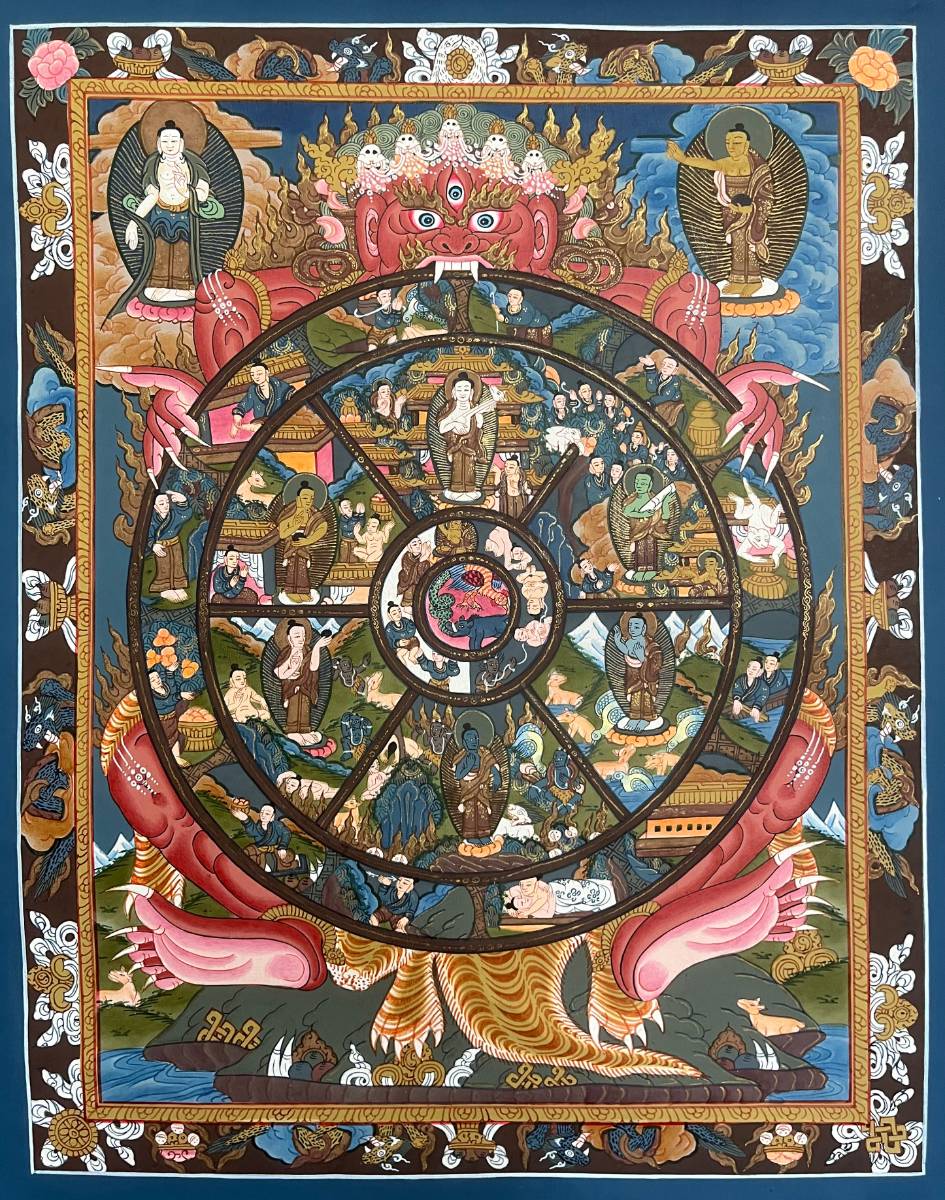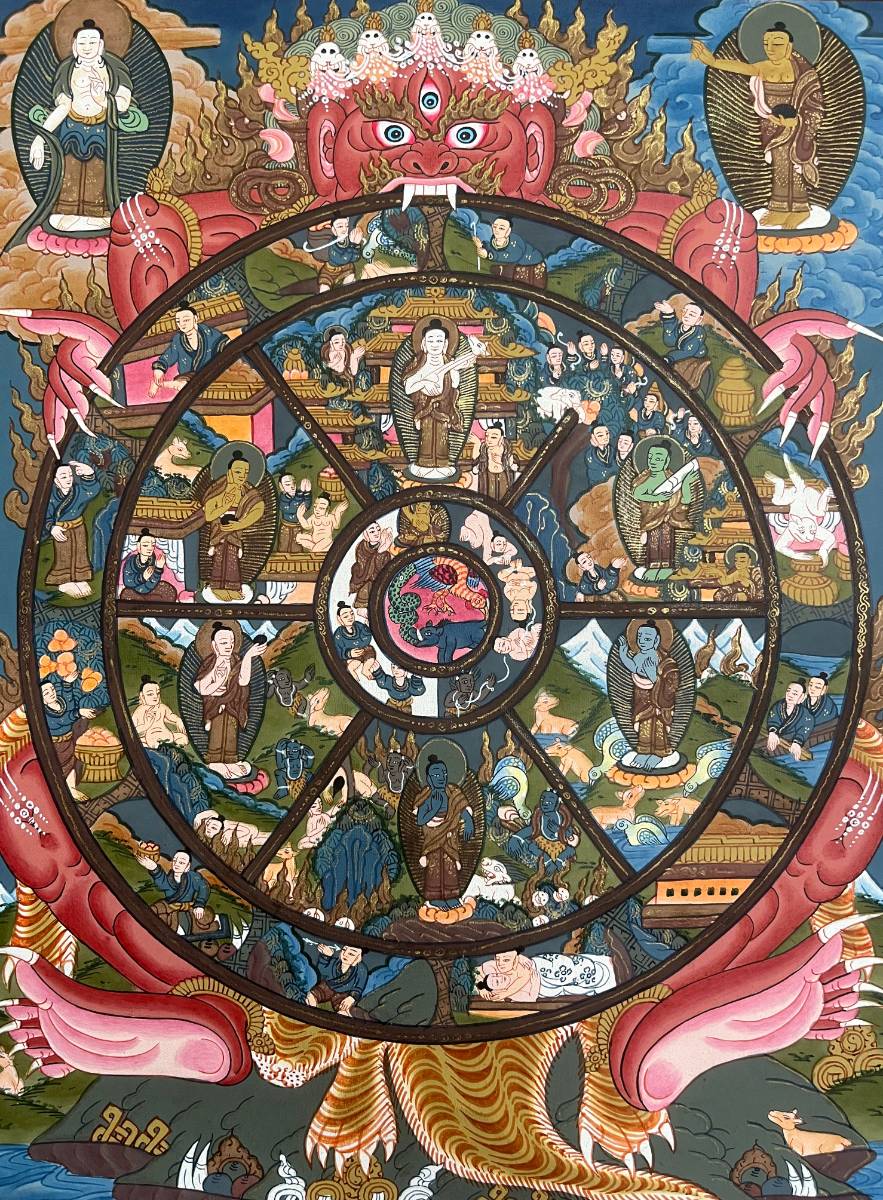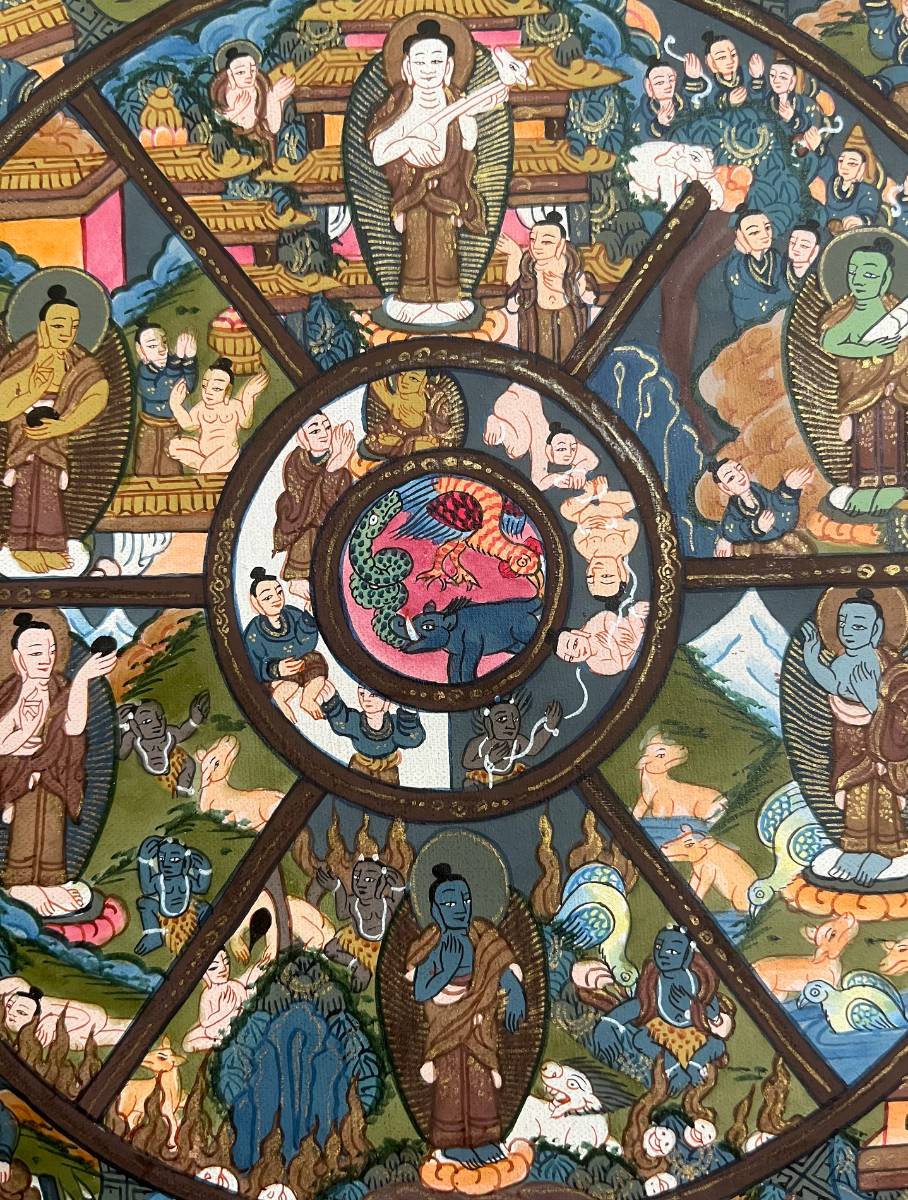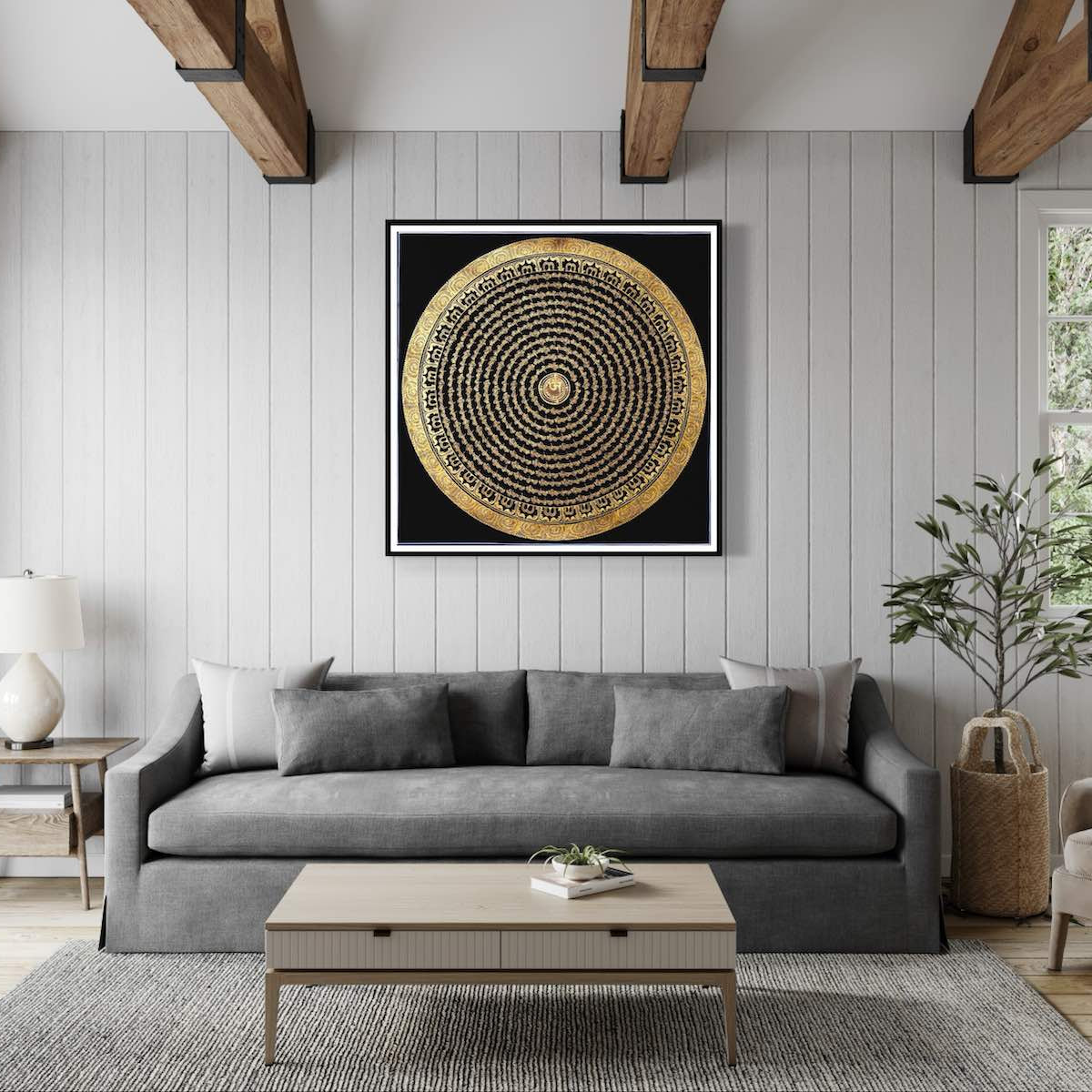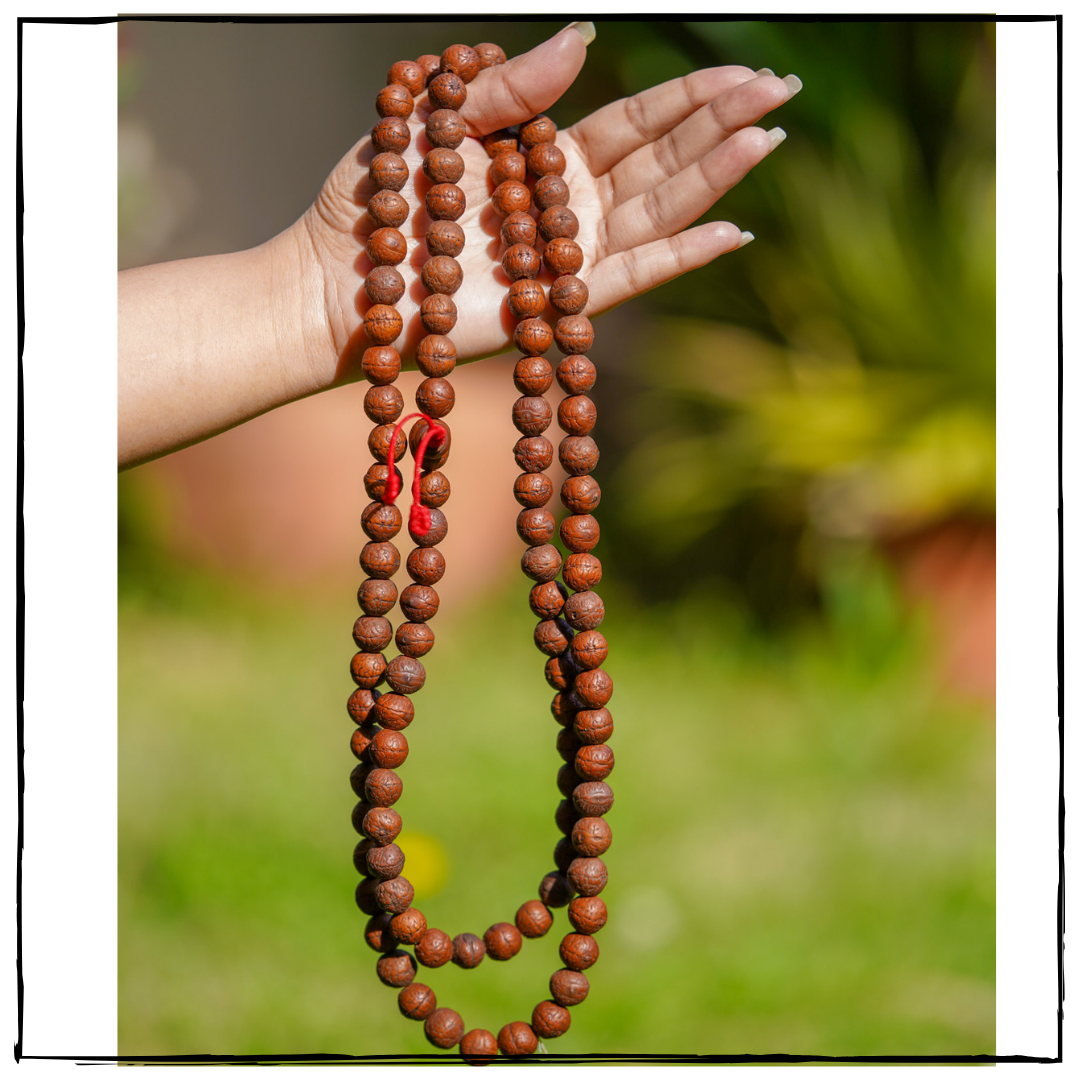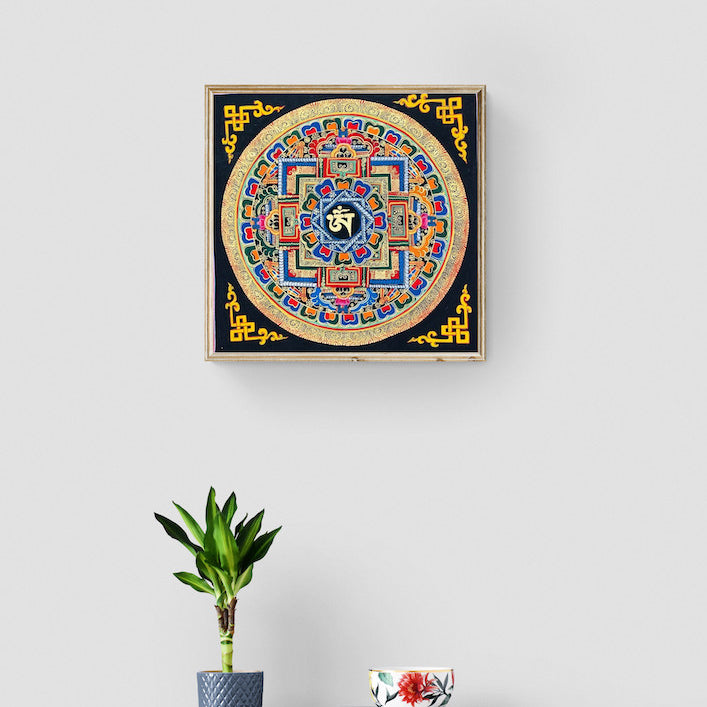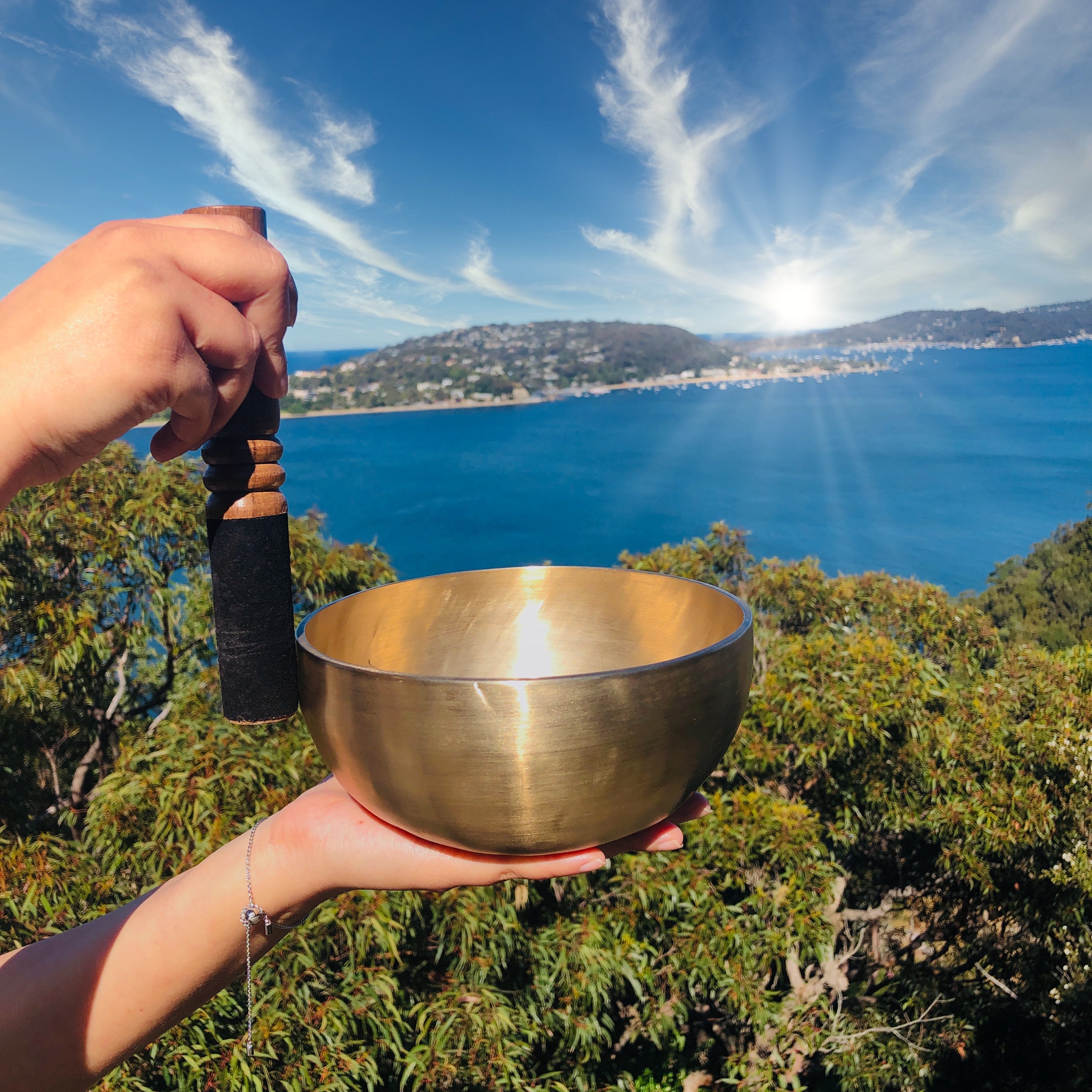Guru Padmasambhava Thangka Painting -Cave Meditation
Couldn't load pickup availability
Description
This Tibetan form of artwork, known as Thangkas, are relied upon as an instructive visual aid for meditation practices. These remarkable paintings enjoy great esteem, and often hang prominently above altars in Tibetan dwellings and religious sites.
Guru Padmasambhava Thangka Painting features the image of Padmasambhava, the iconic second Buddha also known as Guru Rinpoche. His expression is a mix of wrath and serenity, while a lotus-shaped hat symbolizes his authority over samsara. In his hands, Padmasambhava holds a vajra which evokes his indestructible nature and spiritual victory over ignorance; a skull cup alluding to mastery over ego and the transmutation of negative feelings; and a khatvanga, standing for spiritual realization and knowledge. Guru Rinpoche is seen as a mentor, defender, and navigator, aiding practitioners in overcoming obstacles on their spiritual journey.
Guru Padmasambhava Thangka Paintings are used for meditation, visualization, and devotion. Invoke his blessings for guidance, protection, and obstacle removal. The painting's vivid colors and intricate details will be a focal point in any meditation or spiritual space. Enjoy lasting beauty and spiritual significance for years.
Product Specification:
- Hand Painted
- Materials: Semi-Precious Natural Minerals
- Base: Cotton Canvas
- Origination: Nepal

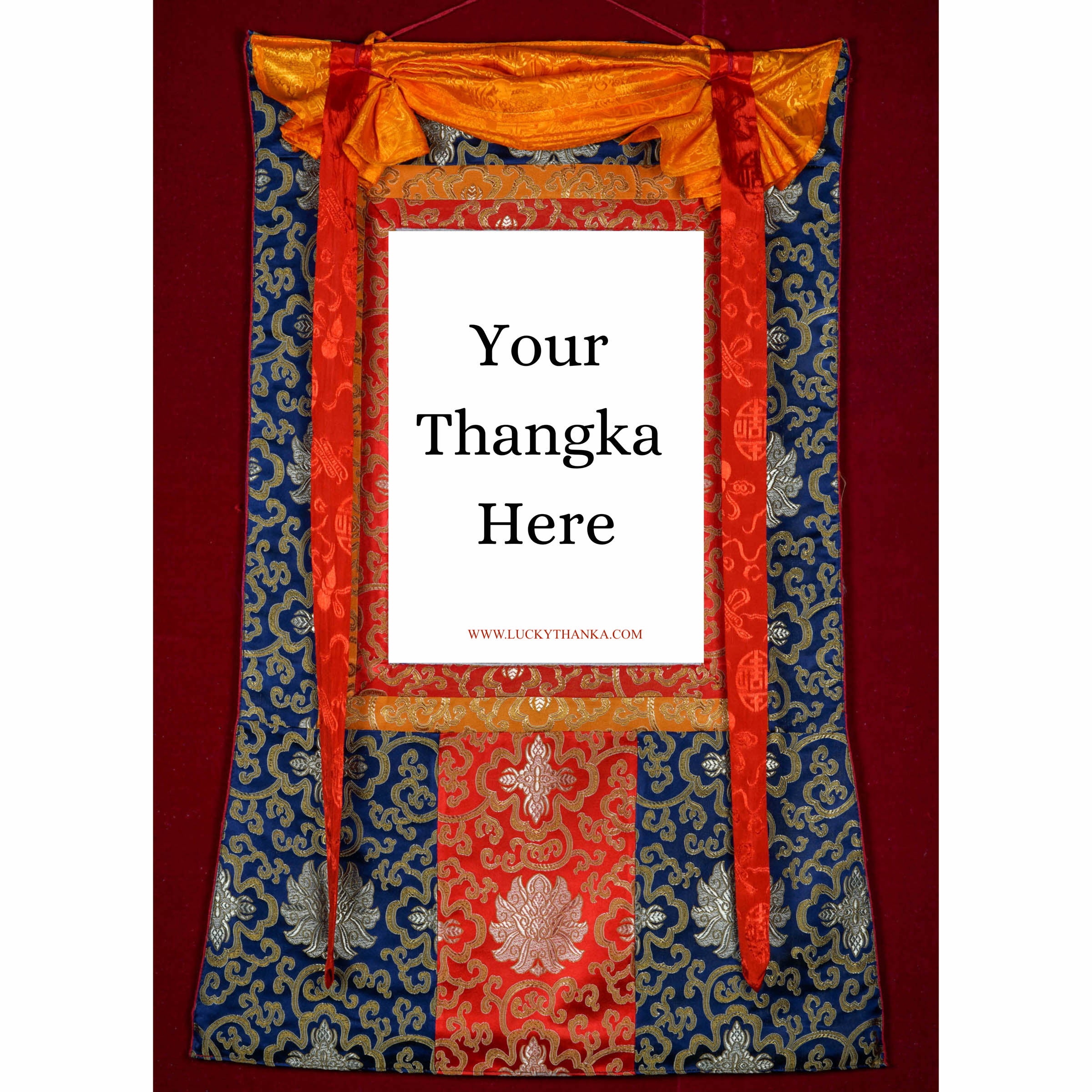
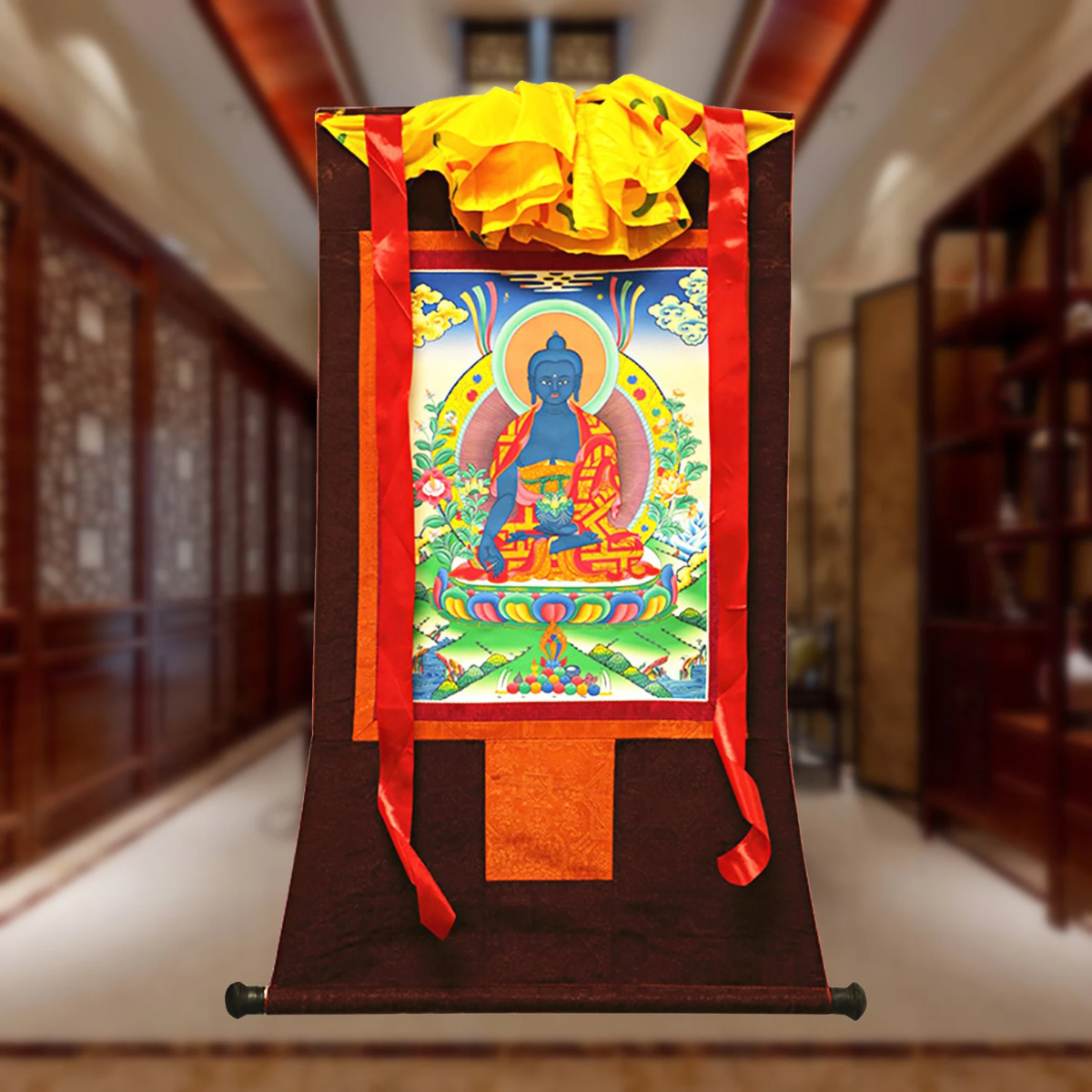
Hand Embroidery Brocade
Want to add a Brocade to your beautiful Thangka Painting? Traditional Style Brocade has been one of the most popular form of mounting as it has a greater religious merit.
Note: Make sure you have added the Thangka to your cart first.
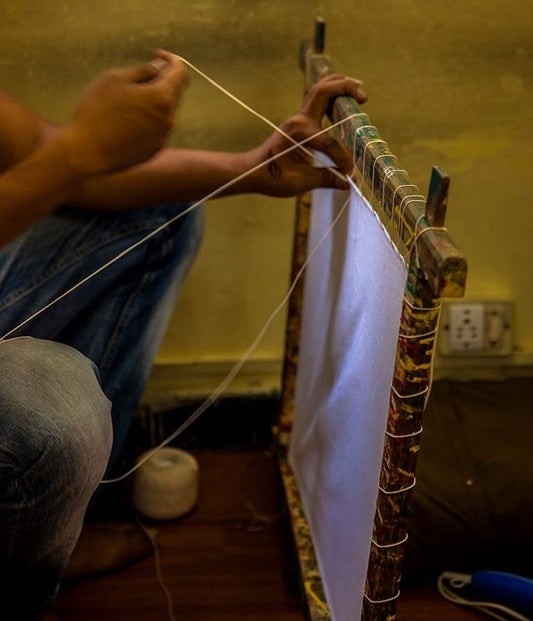
100% Cotton Canvas
Preparing the Cotton canvas before starting to paint a Thangka. This process includes washing, drying, stretching, sizing and everything needed to make a perfect base for the thangka to last for centuries.
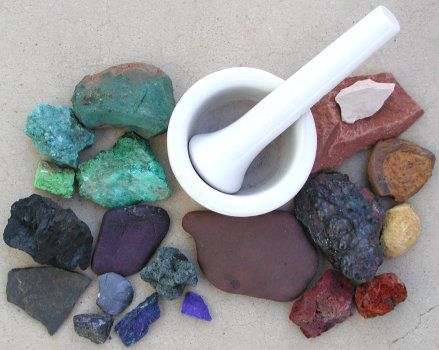
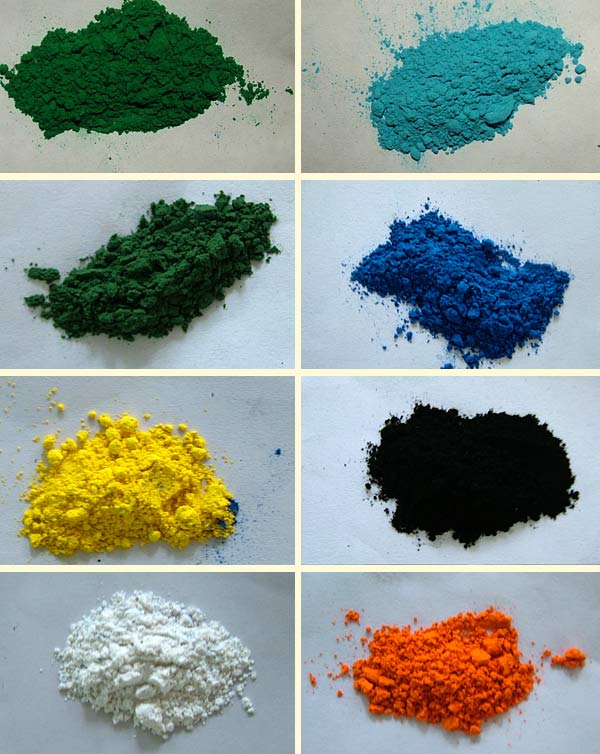
Natural Minerals
Thangka Paintings are painted using the natural minerals. These are firstly grind into the powder form and then used in the thangka as a paint.




